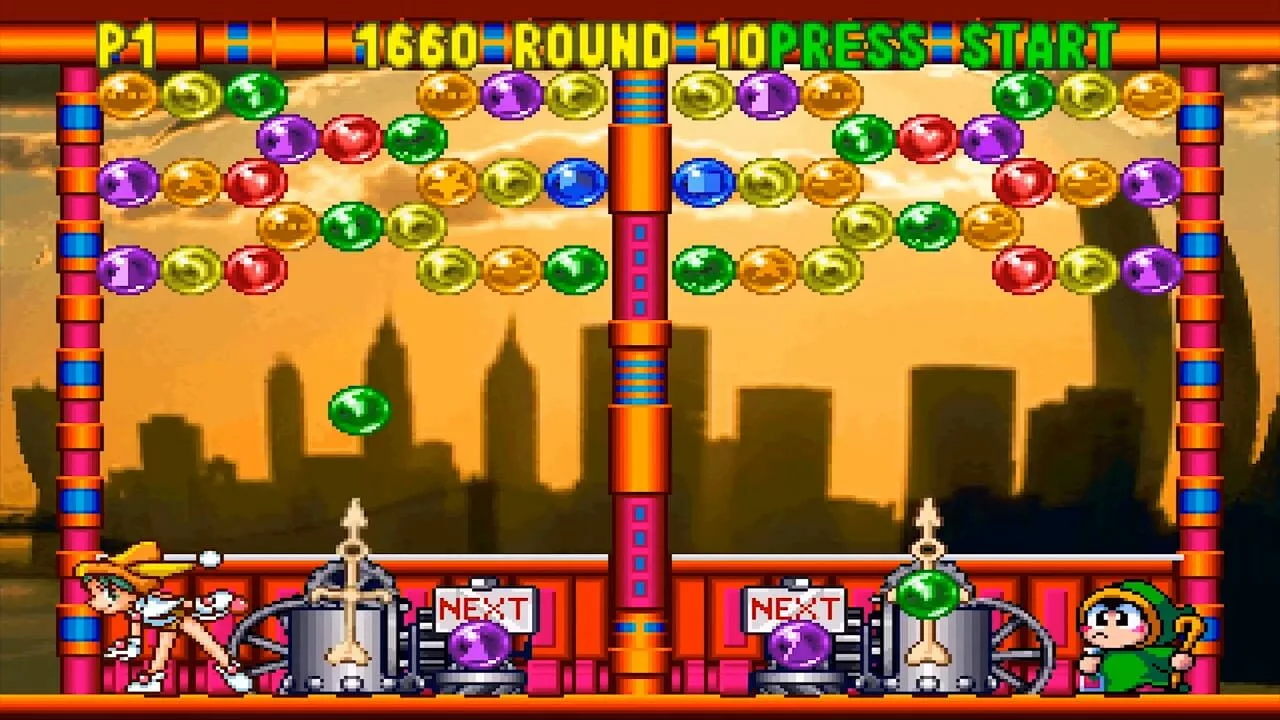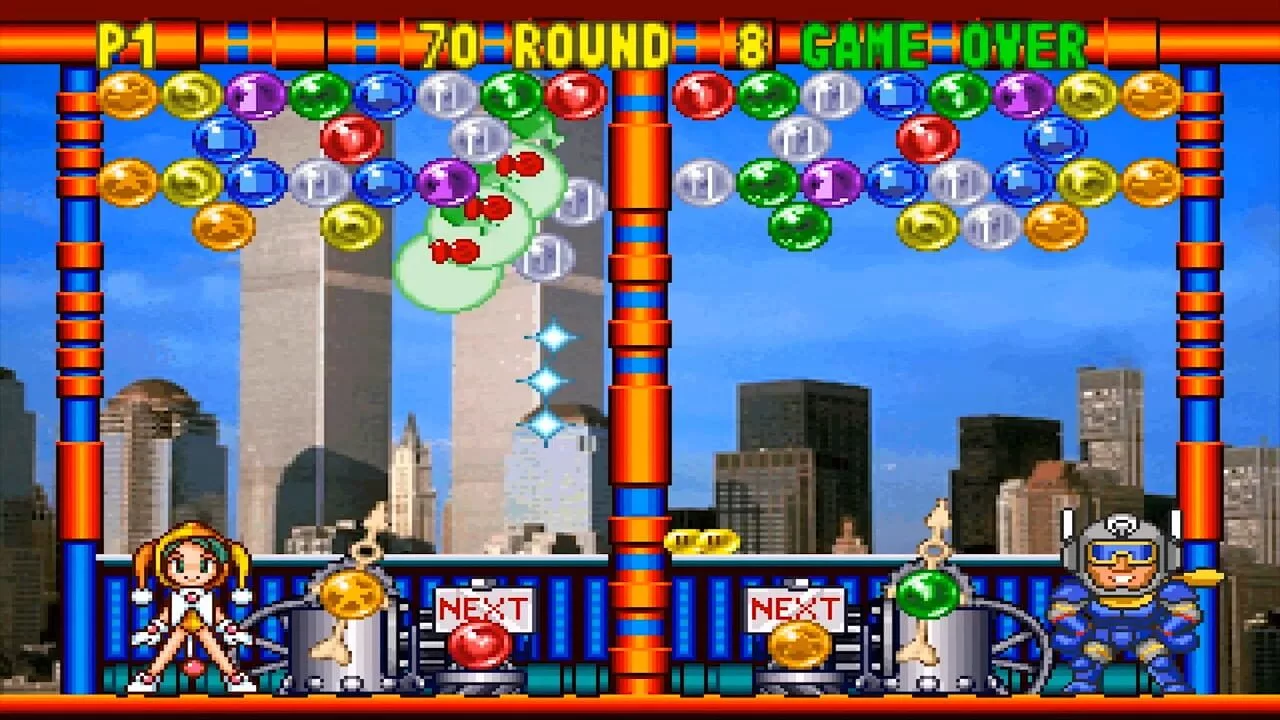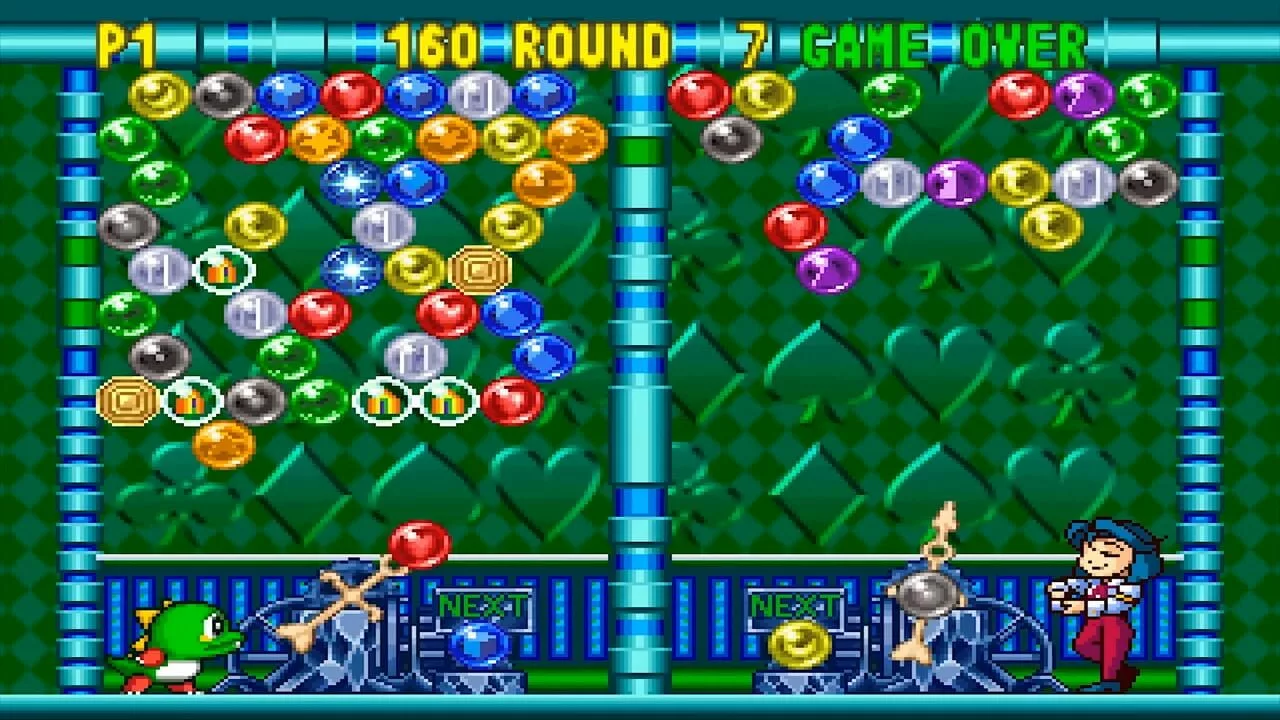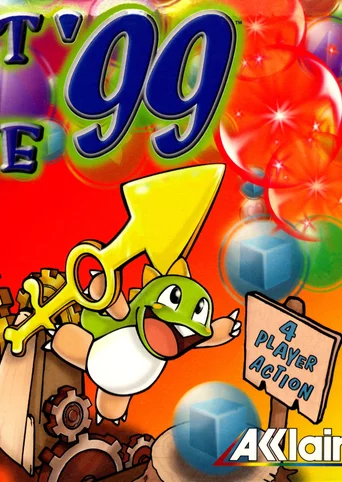
Bust-a-Move '99 (1999)
Genres:Strategy, Puzzle
Game modes:Single player, Multiplayer
Story:In the tradition of the Bust-A-Move series, Taito's Bust-A-Move '99 is a traditional puzzle game. The main objective is to destroy or get rid of (by dropping) all the bubbles located within the stage. Once you do this, you'll graduate to the next level.
While the premise may sound simple, the logic and execution is not. Using a "bubble shooter", you must aim and shoot your bubbles to the top of the screen so that you can bring three bubbles of the same color together. When you do this, the bubbles will pop. One way to earn points is to have the popping bubbles as well as the bubble that was shot fall off the screen (in multi-player, it puts these bubbles on your opponent's side). This also gives you a lot less bubbles to take care of.
Bubbles are constantly falling down. Popping them all in a short amount of time is necessary because the longer it takes you to pop them all, the faster they will drop. If you fail to clear out all the bubbles and they reach the bottom of the screen, the game is over.
Bust-A-Move '99 contains some new options never seen in the Bust-A-Move series. There are now special bubbles (star, metal and rainbow to name a few), obstructive bubbles and blocks and new backgrounds. You are also given the opportunity to create your very own stages with the create-a-level editor.Show more
Vote to bring this game to GOG and help preserve it.14
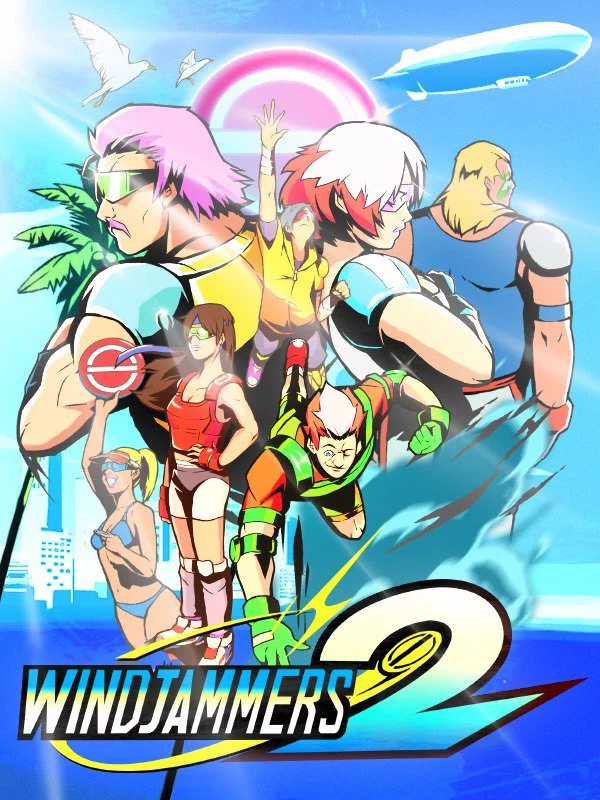
Windjammers 2Windjammers 2 will combine everything fans love about the classic title with entirely hand-drawn 2D animations to create the ultimate windjamming experience. The coming sequel will bring new stages and players, surprising and amazing new power moves and enhanced gameplay mechanics!Action

Black & WhitePlay the role of a deity in a land where the surroundings are yours to shape and its people are yours to lord over. Be an evil, malevolent god and the natives will worship you with fear in their eyes. Play as a kind, benevolent god and they will worship you with love in their hearts. Your actions decide whether you create a heaven or hell for your worshipers. Then select a creature from the land to act as your representative in the world. Raise it to gigantic proportions and teach it to do your bidding--whether the animal grows into an evil colossus of mass destruction or a kind and gentle giant is up to you. Progress through the game's rich storyline performing powerful miracles to battle other deities and become the world's supreme god.Top Trending Open world Sandbox
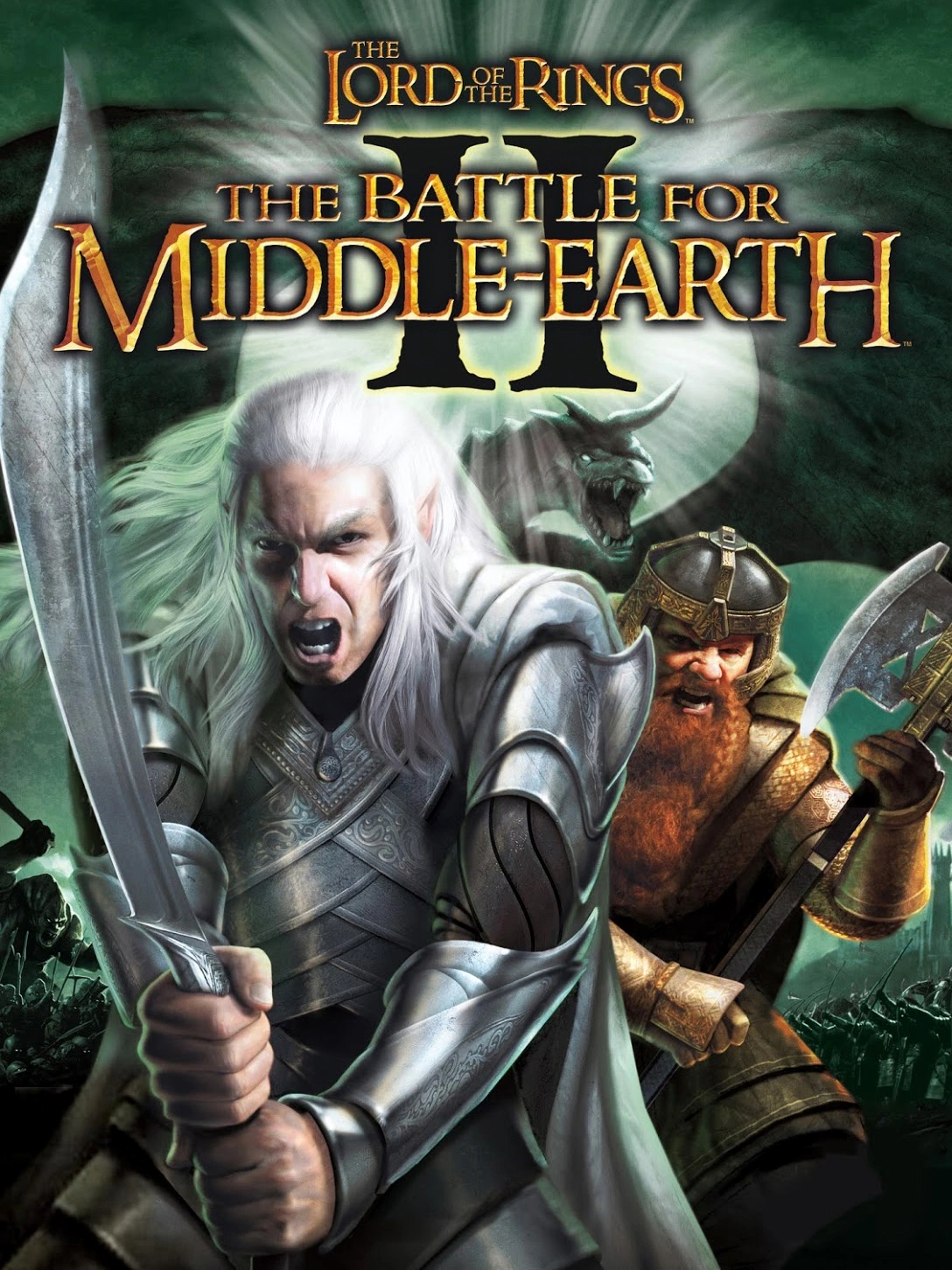
The Lord of the Rings: The Battle for Middle-earth IIWage war in the North and assume command of the most storied civilizations in all of Middle-earth history - the Elven and Dwarven armies - or fight on the side of Evil with heroes and creatures that have never been seen in The Lord of the Rings films. Defend or overtake never before seen lands such as Dol Guldur, The Misty Mountains, and Mirkwood as you unleash powerful new weapons and abilities, such as summoning dragons.Fantasy Warfare
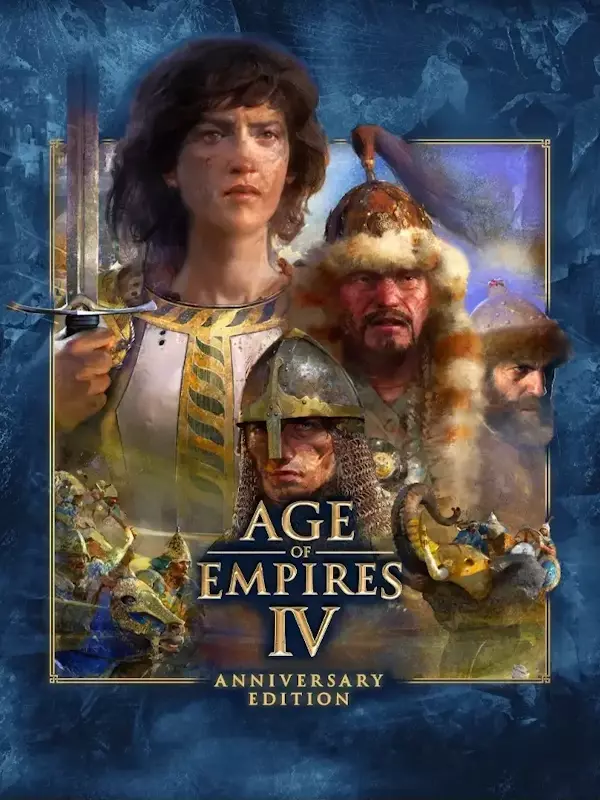
Age of Empires IV: Anniversary EditionThis new package includes the base game, all updates made to Age of Empires IV since launch, including the Anniversary Update, and the two new civilizations — the Ottomans and Malians — in one package.Historical
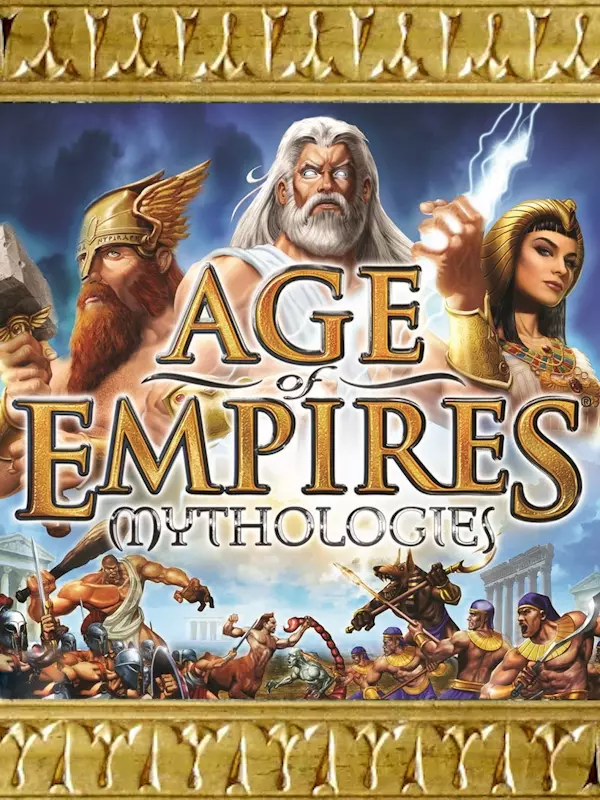
Age of Empires: MythologiesInspired by the hit PC title and built on the game engine behind the critically acclaimed Age of Empires: Age of Kings, Age of Empires: Mythologies will be the ultimate portable tactical strategy game with its refined gameplay, inspired design, fantastic multiplayer, and extensive replay value.
Age of Empires: Mythologies for the Nintendo DS is a compelling new turn-based strategy game that challenges players to shape the destiny of three unique cultures in a fantasy world filled with mighty heroes, legendary monsters, and powerful gods. Players will lead their Egyptian, Greek, and Norse heroes to victory by raising massive armies, waging war, exploring new frontiers, and advancing through three distinct ages that offer fantastic new units, abilities, and god powers like lighting storms, earthquakes, and devastating plagues that players can call on to smite their enemies.Fantasy Historical
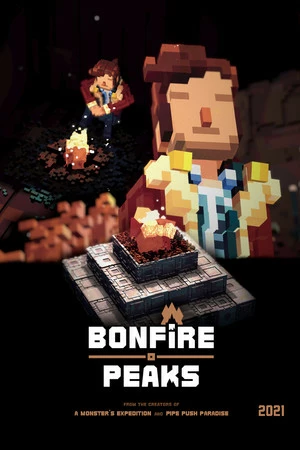
Bonfire PeaksA difficult open world puzzle game about climbing mysterious ruins and setting fire to your belongings.Fantasy
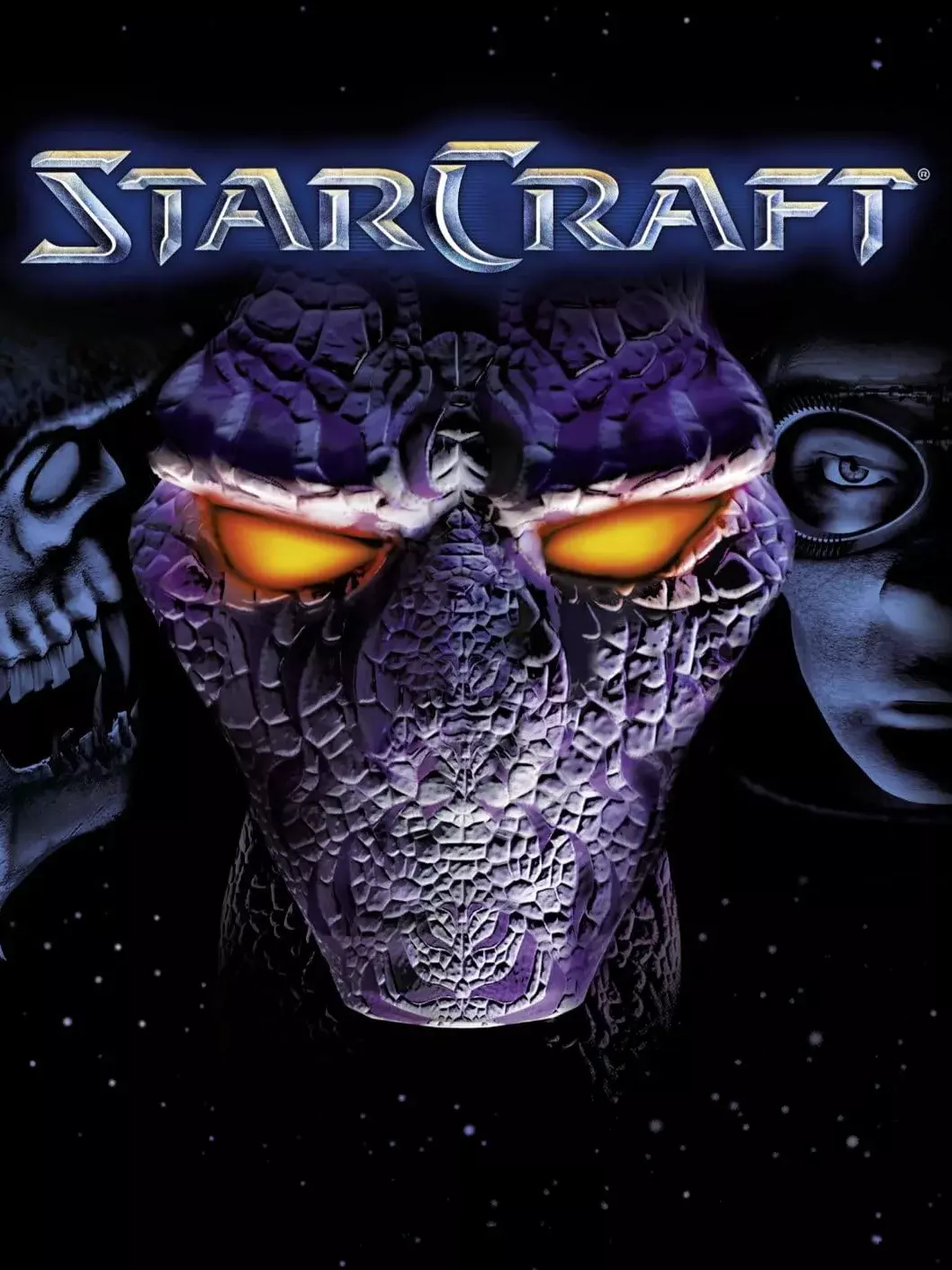
StarCraftStarCraft is a strategic game set in a Galaxy far away on multiple planets. Its style and balance between the three antagonistic species it features is unique and appealed to millions.Top Warfare Science fiction
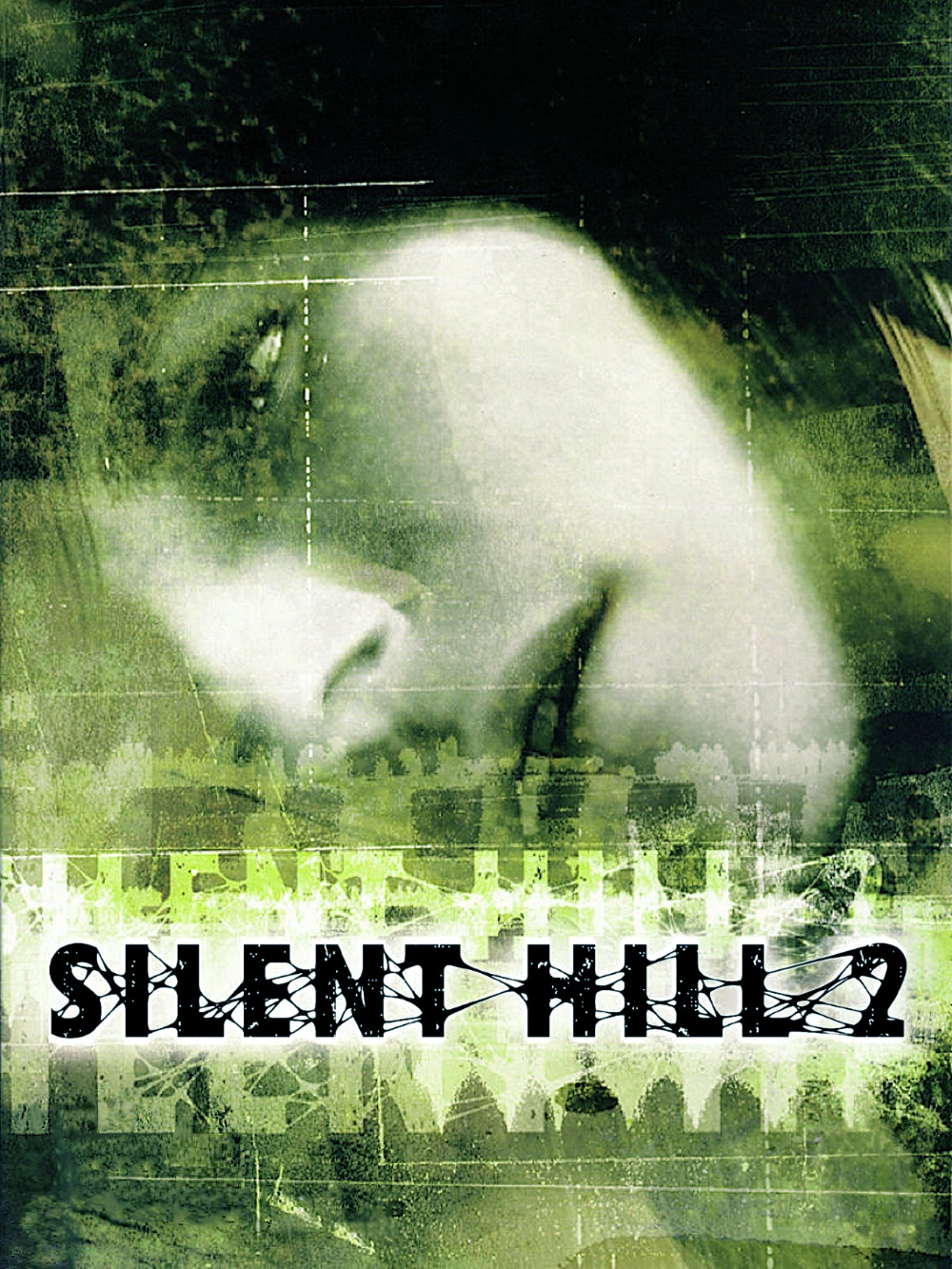
Silent Hill 2 (Classic)The second entry in the Silent Hill franchise, Silent Hill 2 is a narrative-focused third-person psychological survival horror game with emphasis on combat, exploration and puzzle-solving elements which follows James Sunderland, a man who receives a letter, seemingly sent by his three-years-deceased wife Mary, in which he is beckoned to the fog-ridden town of Silent Hill at the same time as numerous other people troubled by their past.Our Pick Top Trending Horror Survival Mystery Drama
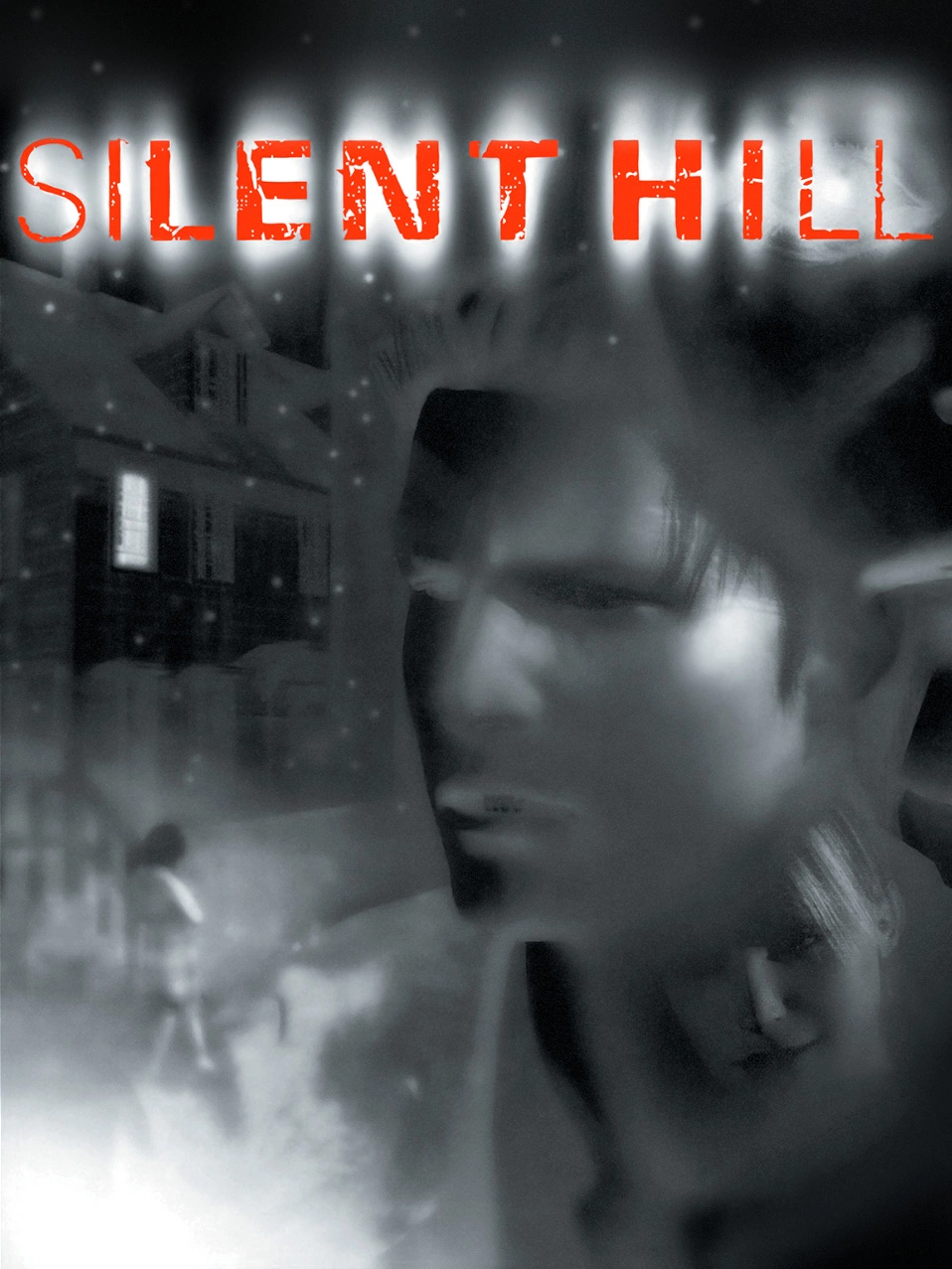
Silent HillSilent Hill is the first installment in the Silent Hill series of psychological survival horror video games. Unlike earlier survival horror games that focused on protagonists with combat training, the main character Harry Mason is an average man. The gameplay consists of combat, exploration, and puzzle-solving. The controller vibration is used to indicate Harry's heartbeat and will vibrate on low health. The player must regularly enter an inventory screen to check Harry's health, use items, and equip different weapons.Our Pick Top Trending Action Horror Survival
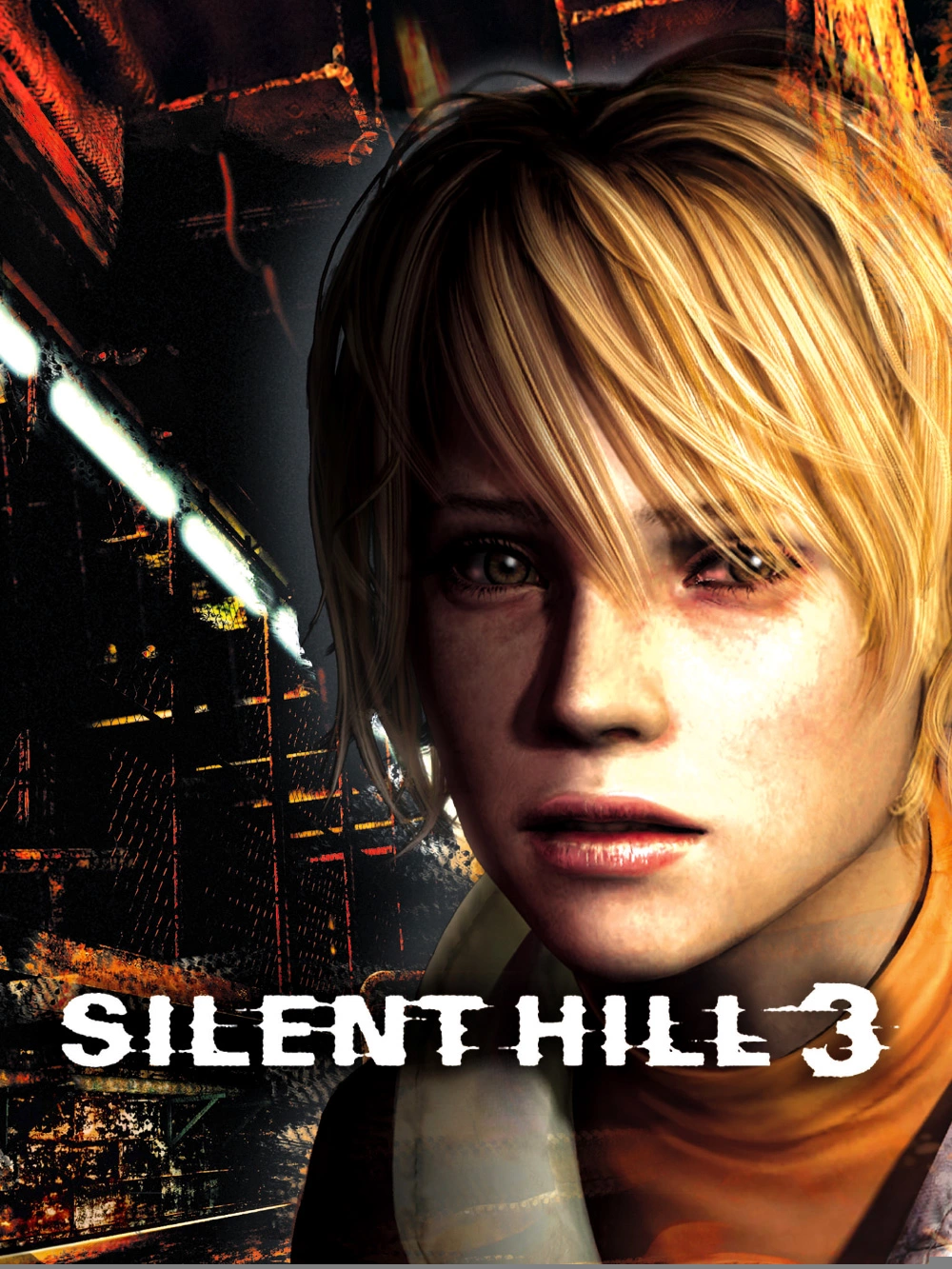
Silent Hill 3Silent Hill 3 is the third installment in the Silent Hill series. Like the previous entries, Silent Hill 3 is a survival horror combining action-based combat and puzzle-solving, but is somewhat more combat-oriented than the preceding installments. The main character is able to side-step and block some attacks, but in general shares with the other protagonists of the series their relative ineptitude in combat.Trending Action Horror Science fiction Stealth Survival Mystery
